Autofocus: Is it right for your content?
Autofocus can help or hinder your shoot. Learn how it works with cameras and lenses, the autofocus vs. manual focus debate, and more.
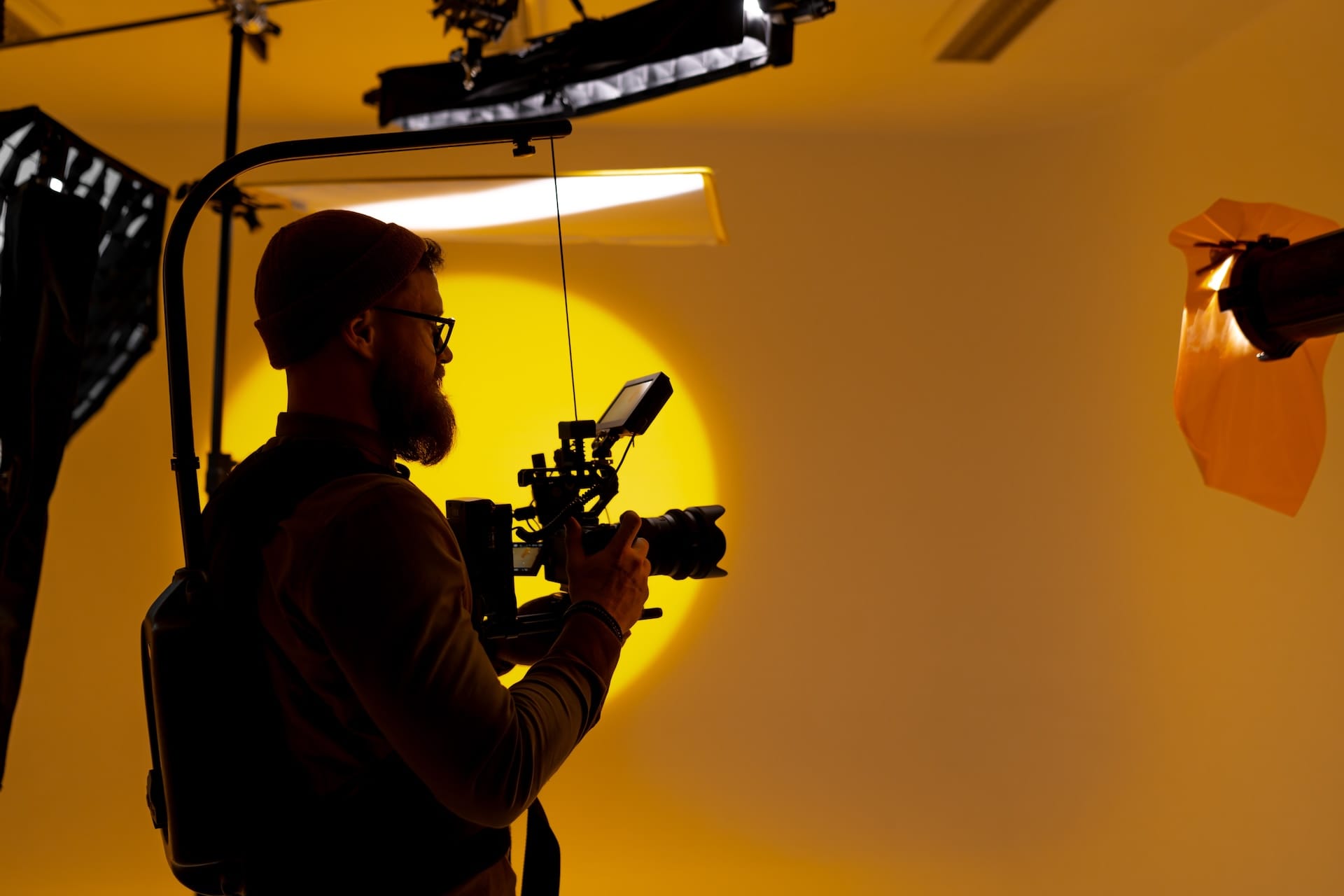
You’ll find autofocus settings on most modern cameras, but should you use it for your video and photography projects? Let’s run through the ins, outs, ups, and downs of autofocus today.
We’ll cover:
- What is autofocus?
- How does autofocus work?
- What are the different types of autofocus?
- Do pro photographers and filmmakers use autofocus?
- Is autofocus better than manual focus?
- Should you avoid autofocus?
What is autofocus?
Autofocus is a camera system that works with the lens to focus automatically on a subject, making it as sharp as possible. That’s hardly the surprise of the century, we know — most DSLR and mirrorless cameras feature some kind of autofocus mode, as do iPhones and other smartphones.
Your camera’s lens will likely include an ‘AF/MF’ switch — if it’s not there, it might be on the camera’s body. This switch toggles between autofocus and manual focus. If you use the latter, you’ll have to lock onto the focal point yourself.
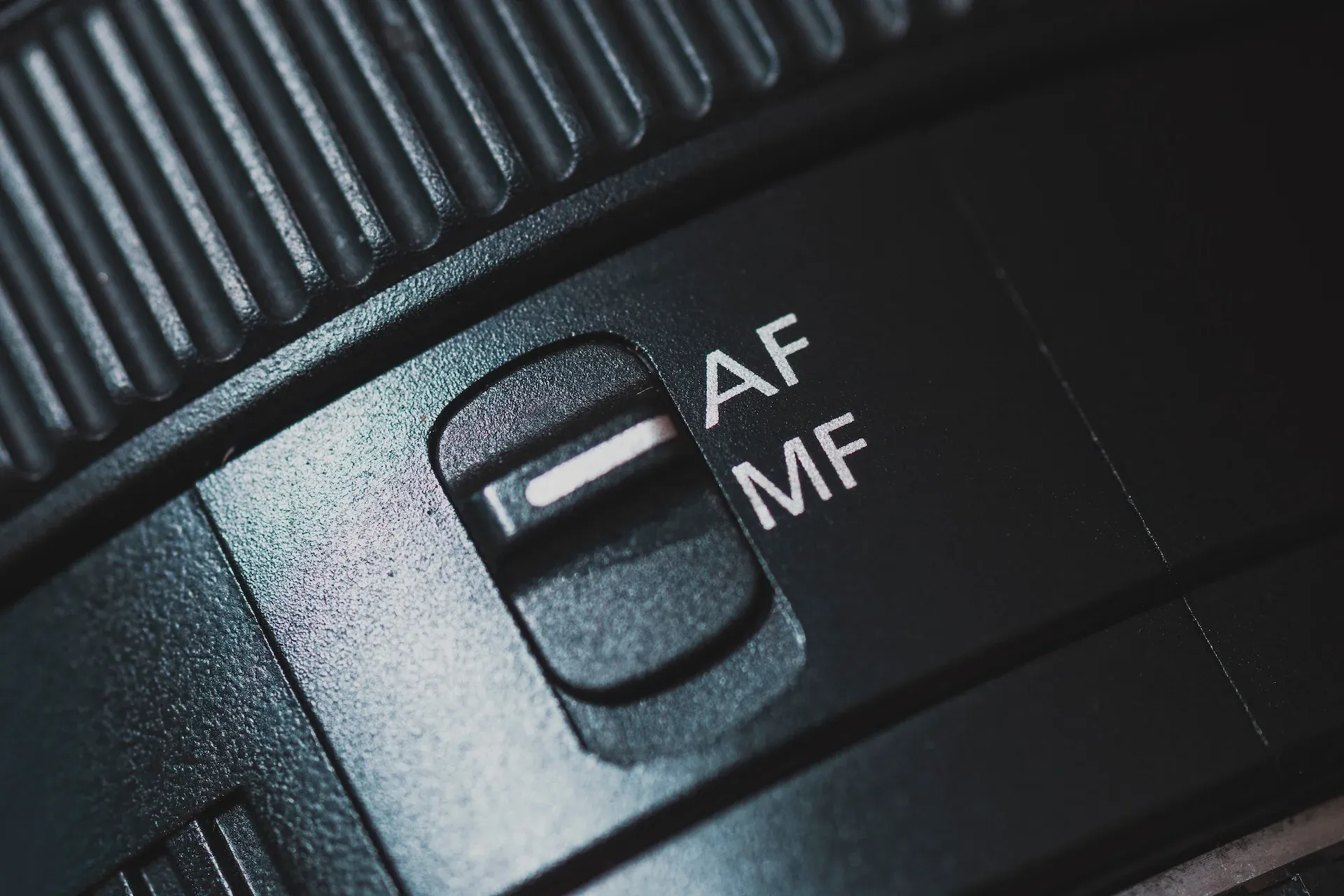
There are several autofocus modes and methods, which depend on what kind of camera you use and the type of footage you’re shooting. For example, some cameras include a handy face/eye autofocus, which is perfect for close-up shots and vlog-style content. With the correct settings applied, autofocus can help you capture dynamic, high-quality footage and photographs.
How does autofocus work?
Most cameras with autofocus will toggle between two systems: passive phase detection and active contrast detection. Usually, you won’t have to flip a switch to change the mode — the camera will act accordingly. Let’s take a quick look at phase detection and contrast detection.
Phase detection autofocus (passive)
When light enters the camera, it hits a five-sided reflective prism. The prism separates the light into two images — if said images line up, the subject will be in focus. If they don’t line up properly, the subject will be out of focus. The camera’s sensor sorts through the visual information and tells the lens to adjust the focus, using an electrical motor to tweak the focal length.
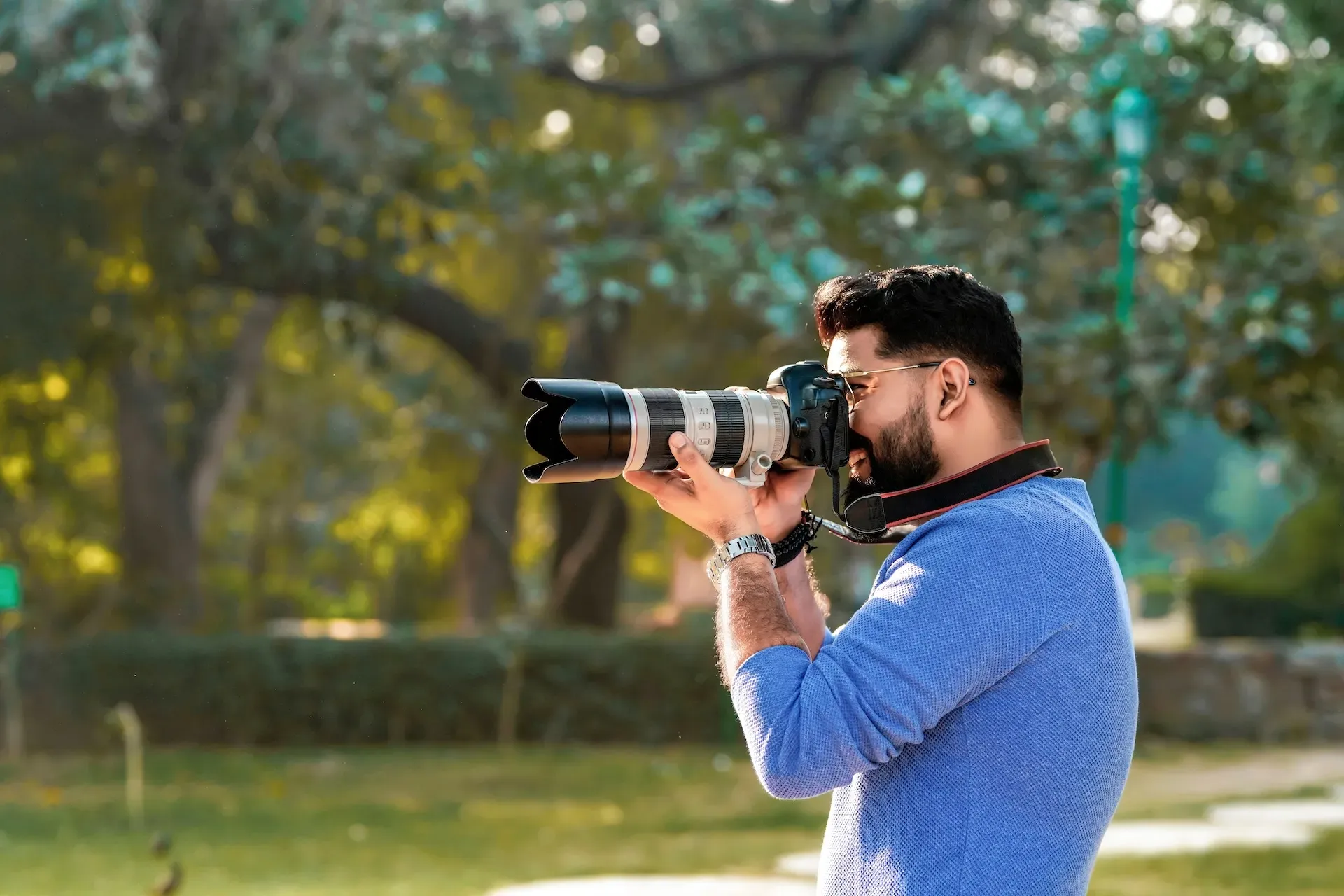
Phase detection is ideal for fast-paced scenes, as it’s a quick autofocus system. However, this makes it more likely to go wrong in low-light environments, due to the camera’s sensor and lens not quite understanding what to focus on.
Contrast detection autofocus (active)
This system shoots a tiny red beam onto your subject, bouncing back to the lens. The autofocus system then combs through the contrast of the pixels present on your camera’s sensor, adjusting the lens’ focal length until it focuses.
This is a more complex process than phase detection, taking more time — this means it’s not as good at tracking fast-moving or far-away subjects. It also struggles to do its job when there’s not much contrast in the frame.
What are the different types of autofocus?
Different cameras may have different names for their autofocus modes, but broadly, there are three main types: continuous focus, single-shot focus, and automatic focus. Let’s go through them.
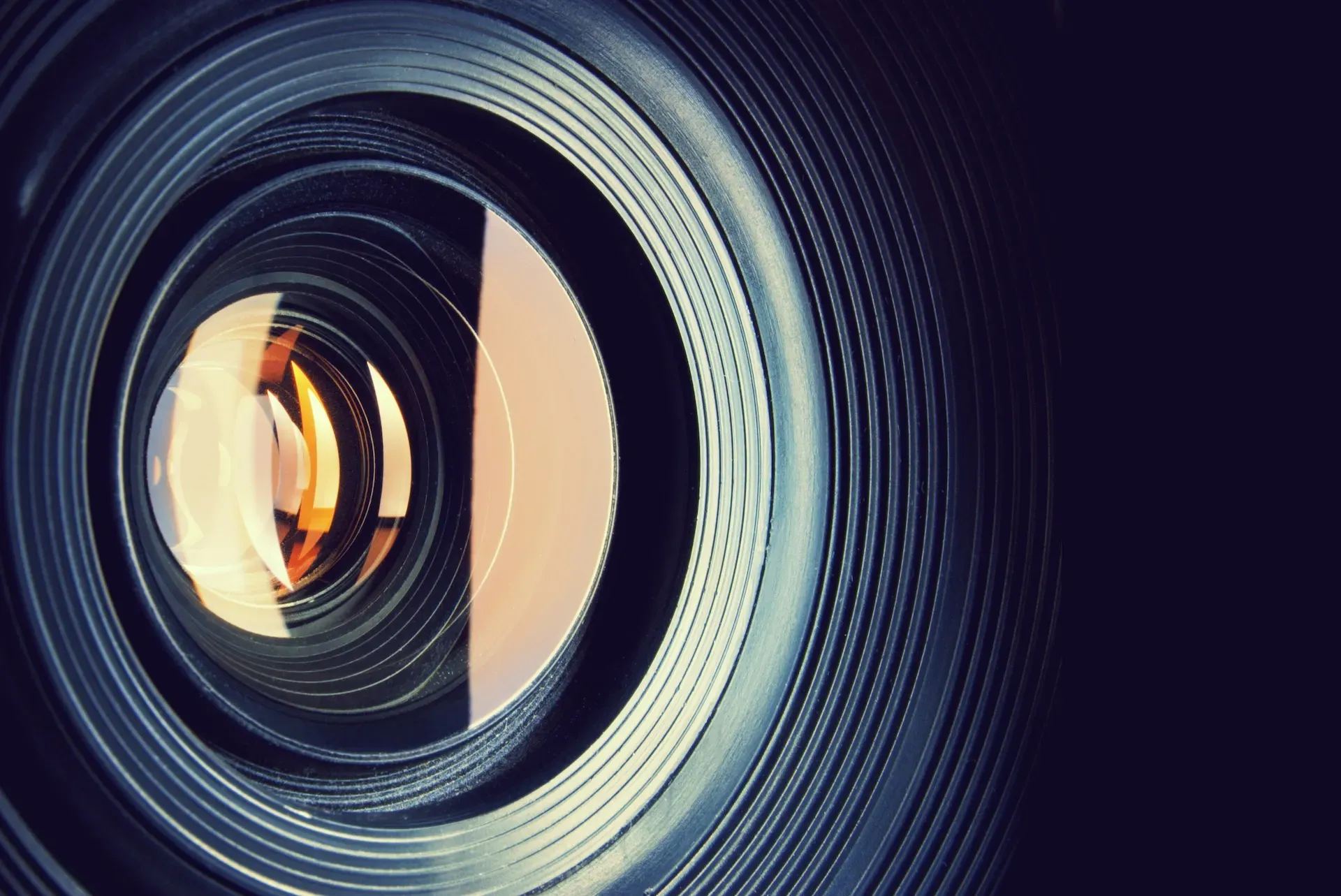
Continuous focus
This autofocus mode is best suited to tracking moving subjects for photography, or for shooting on-the-move video. The camera does the work, complex algorithms predicting where the subject will go and adjusting the lens as needed. It does so by referencing the distance between the camera and subject, adjusting focus each time it recognizes a change.
Once the focus is adjusted, the autofocus point will let you know. If you shoot before the autofocus point says it’s ready, you’ll likely end up with blurry content.
Naturally, shooting wildlife is a completely different ballpark to athletics, motorsports, or concert photography. That’s why big-name manufacturers like Nikon, Canon, and Sony offer bespoke continuous focus modes, geared specifically toward these situations.
Single-shot focus
This is the preferred autofocus option for shooting static subjects, like landscapes or portraits. Once you’re happy with your frame, just lock the focus and it’ll stay there, even if you change position. This means that the initial subject won’t fall out of focus once the autofocus is in place.
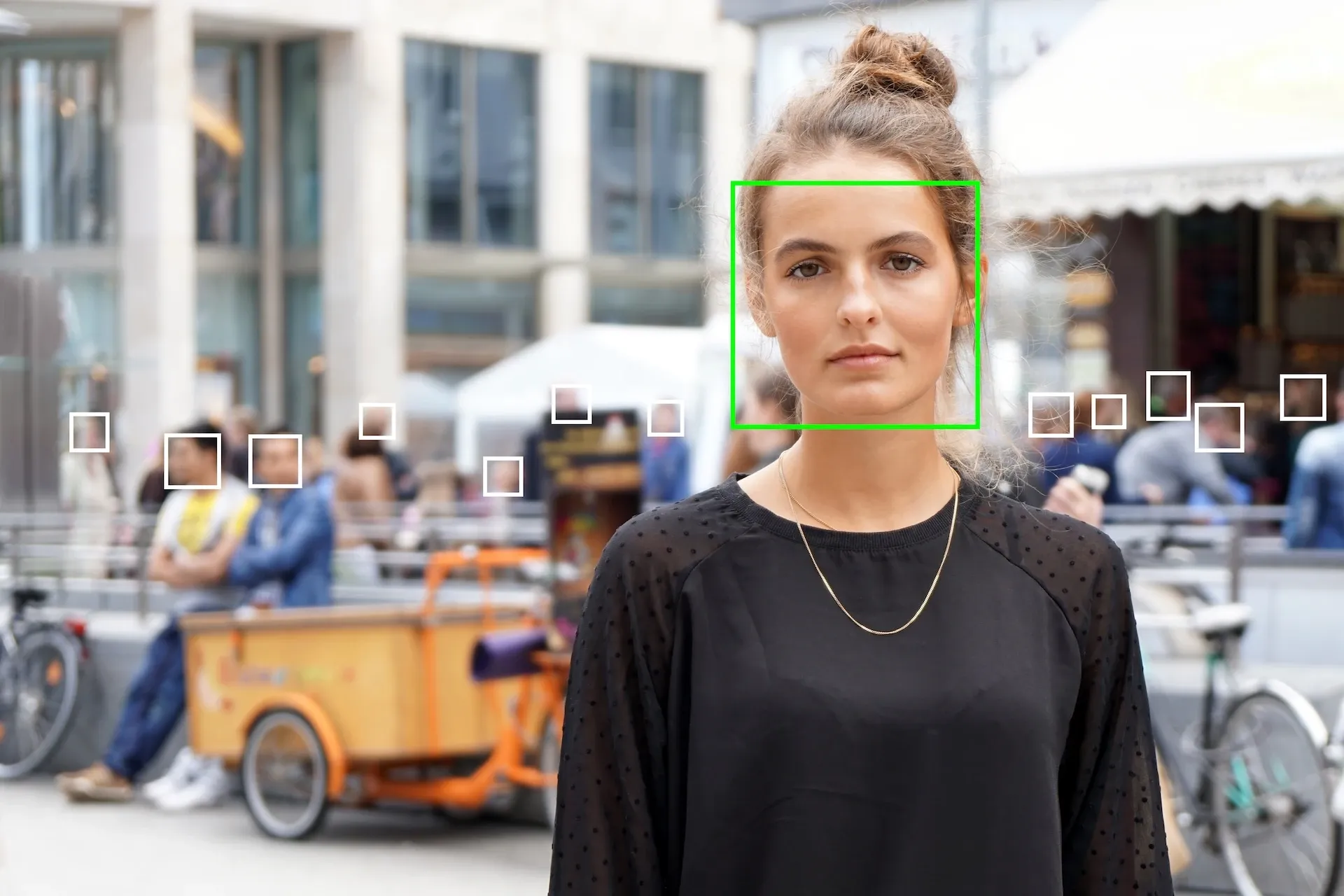
Automatic focus
Automatic autofocus flip-flops between continuous and single-shot mode, depending on your subject. This is often used to save time when shooting numerous subjects.
Do pro photographers and filmmakers use autofocus?
Professional photographers and filmmakers don’t use autofocus too much. Manual focus allows more control — if you’re sticking to a strict shot list or storyboard, autofocus will make it harder to nail the shot.
However, there is one genre of content where autofocus rules the roost: selfie-style vlog content. Some of the most-subscribed YouTubers out there, like Pewdiepie, rely on autofocus to deliver crisp, well-realized talking-head footage.
Or, if you want to mess with people’s heads, shoot a full-length film on a standard-definition, handheld camcorder, complete with autofocus and dim lighting.
On second thought, maybe don’t.
Is autofocus better than manual focus?
Overall, manual trumps autofocus in most areas — the former offers a customizability the latter just can’t match. However, autofocus does have an ace up its sleeve: action.
If you’re shooting fast-moving sports, animals, or vehicles, continuous autofocus could come in handy. Manual focus isn’t great for tracking moving objects, as the point of focus keeps changing within the frame.
Should you avoid autofocus?
Autofocus is perfect for beginners, as it takes away the guesswork and lets you focus on capturing your subject. It can also be suitable for professional video, fast-paced photography, and killer B-roll, but it’s often misused and struggles under poor lighting conditions. If you want to deliver top-notch content, consider follow focus instead.
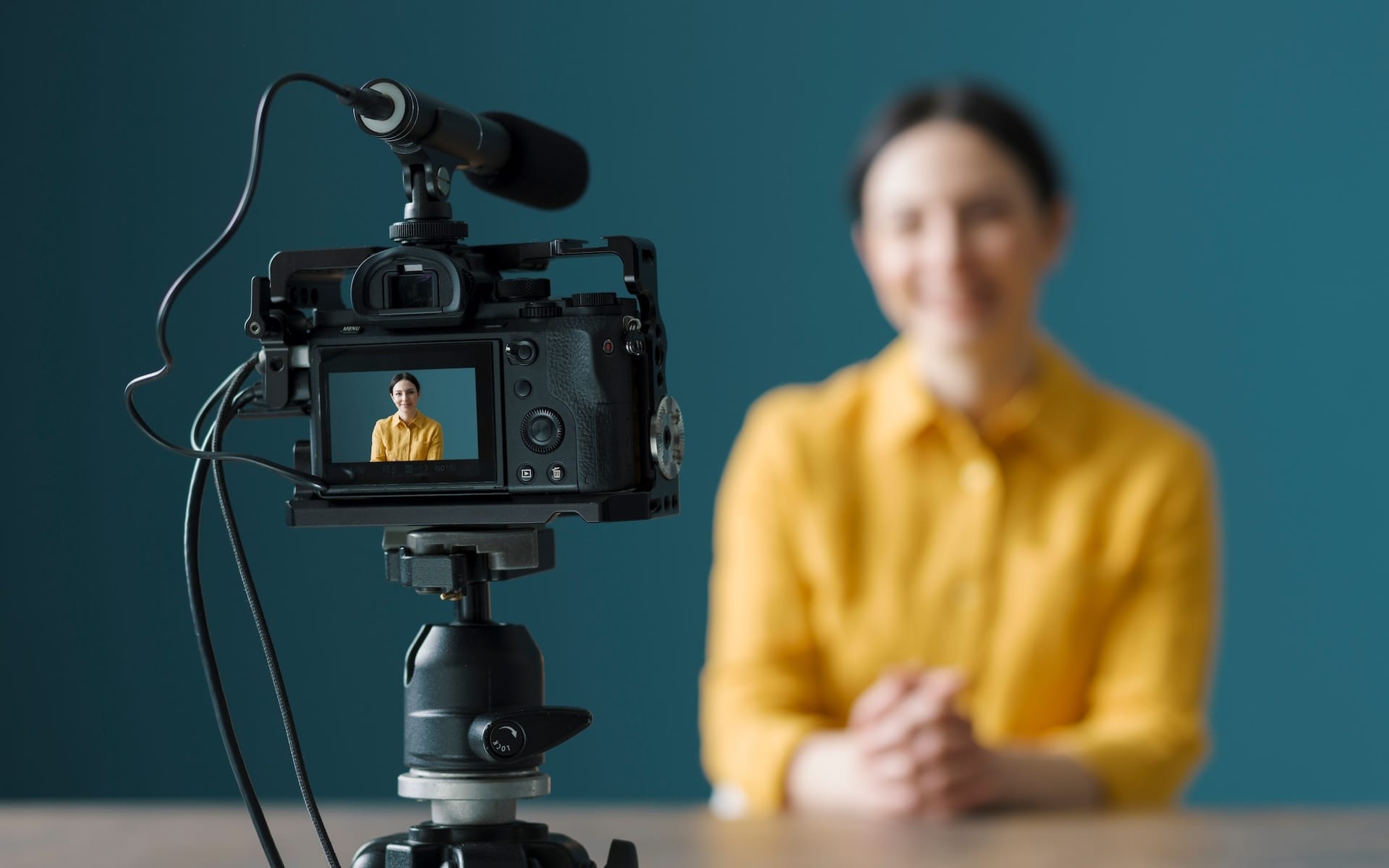
Beyond its aesthetic pitfalls, excessive autofocus can even make it difficult for people with vision and neurocognitive differences. Why make your content inaccessible when, with a little more effort, you could make it more inclusive and higher quality?
Another way to crank your content up a notch is with music. After all, the soundtrack can make or break your content — why let one needle-drop derail your project? Epidemic Sound’s got you covered.
Our catalog is high-quality, affordable, and safe. An Epidemic Sound subscription goes beyond royalty-free music, removing the headache of licensing and freeing you up to do what you do best. You can enjoy the safety of our license hand-in-hand with our massive catalog of 50,000 tracks, covering just about every genre you can think of. You’ll also gain unlimited access to our advanced search functions — finding the right sound’s never been easier.
It’s better than royalty-free. It’s worry-free. Get started with Epidemic Sound below.

Are you a filmmaker? We've got you covered with background music for videos, including:
Take your video editing to the next level with our massive catalog of music for filmmakers.

